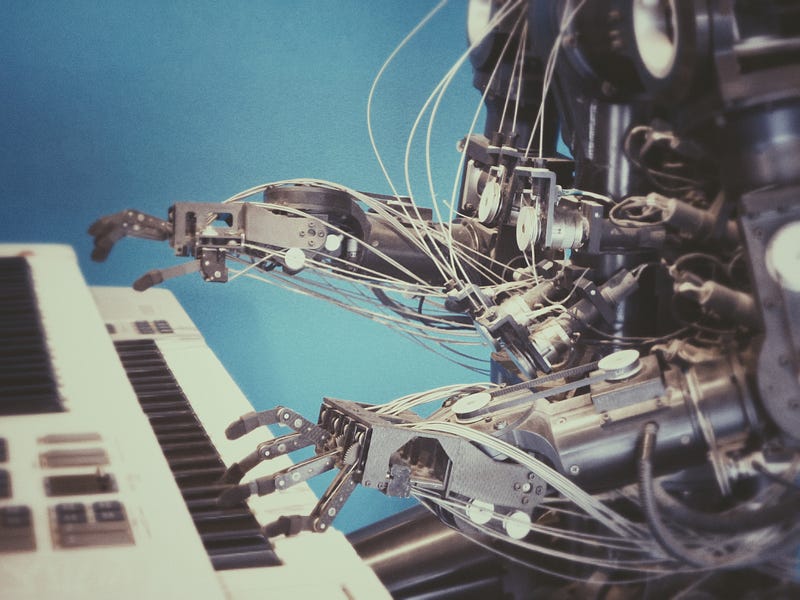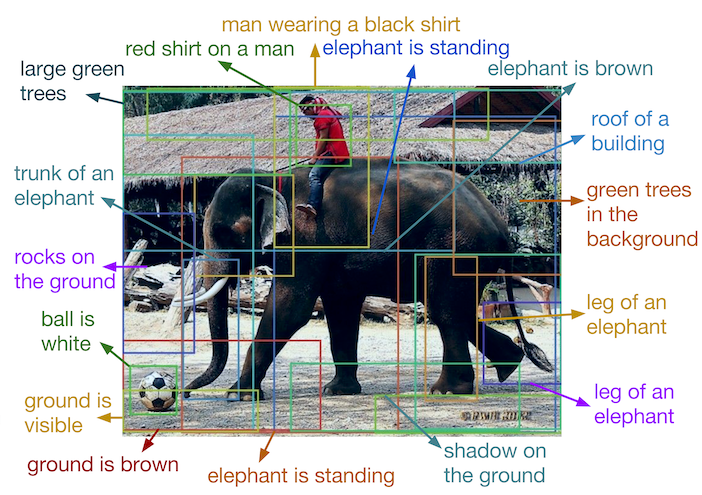Essential Machine Learning Concepts You Should Know Today
Written on
Chapter 1: Understanding Artificial Intelligence
Artificial Intelligence (AI) represents a segment of computer science dedicated to crafting software that mimics human cognitive functions. The interpretation of AI evolves as people adapt to new technological advancements. For instance, IBM's Deep Blue, a groundbreaking chess-playing program, amazed many in the 1990s. In today’s context, one might wonder if a simple digital calculator or a chess app qualifies as AI. The answer could very well be yes!
Video Description: This video provides a detailed overview of machine learning concepts, exploring the fundamentals and key techniques in the field.
Chapter 2: The Realm of Machine Learning
Machine Learning (ML) is a specific area within AI that focuses on creating algorithms (known as ML models) that can autonomously learn from data instead of relying on traditional coding methods. A prime example of ML in action is self-driving vehicles, which must navigate countless variables that are impractical to code explicitly.
Section 2.1: Categories of Machine Learning
Machine Learning is typically divided into three primary categories: - Supervised Learning - Unsupervised Learning - Reinforcement Learning
These categories can overlap and often share similar features.
Section 2.2: Supervised Learning
In supervised learning, an ML model is trained on labeled datasets. For example, consider a dataset that includes demographic information—such as age and smoking status—alongside a label indicating whether individuals have had lung cancer. Training an ML model to accurately predict this label using the demographic data exemplifies supervised learning.
Section 2.3: Unsupervised Learning
Conversely, unsupervised learning involves models that work with non-labeled data. Clustering is a typical example. Imagine a dataset of Amazon customers characterized by age, gender, and income without any labels. An ML model can identify patterns and group these customers into clusters based on their similarities, facilitating targeted product recommendations.
Section 2.4: Reinforcement Learning
Reinforcement learning is an approach where an agent interacts with its environment, making decisions to achieve specific goals. This method relies on trial and error, rewarding successful actions while penalizing mistakes. OpenAI's ChatGPT serves as an example of a language model trained through reinforcement learning.
Video Description: This full course provides a comprehensive introduction to machine learning, covering a variety of topics suitable for beginners and enthusiasts alike.
Chapter 3: Deep Learning Techniques
Deep learning, a specialized aspect of ML, employs neural networks to tackle problems with remarkable accuracy. While it is not a separate entity from machine learning, it encompasses distinct methods addressing challenges that traditional techniques struggle to solve. Applications of deep learning include: - Language translation (like Google Translate) - Facial recognition (e.g., Apple’s Face ID) - Image classification (used by Facebook for tagging photos) - Speech recognition (as seen in Siri and Alexa)
Section 3.1: Computer Vision
Computer vision focuses on processing images and videos to extract useful data for machine comprehension. Models like EfficientNetV2 and NFNets are at the forefront of image classification tasks, while YoloV5 excels in object detection.

Section 3.2: Natural Language Processing (NLP)
NLP aims to enhance the interaction between humans and computers through natural language understanding. An exemplary model in this space is OpenAI's GPT-3, which utilizes deep learning to generate coherent text based on given prompts.
In conclusion, these fundamental concepts of AI and machine learning lay the groundwork for understanding this dynamic field. If you're new to programming or looking to enhance your skills, consider exploring resources like "The No Bulls**t Guide To Learning Python," designed to help beginners navigate the programming landscape.
